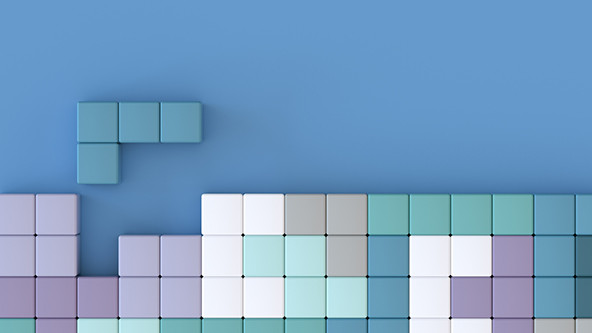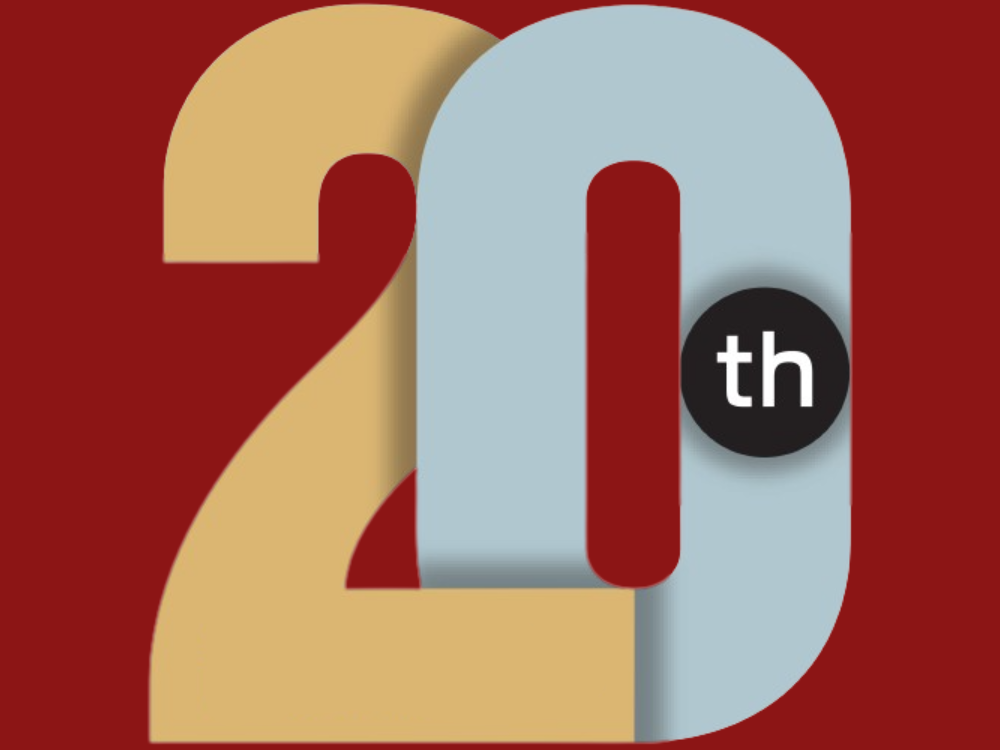 (Illustration by iStock/akinbostanci)
(Illustration by iStock/akinbostanci)

The term “polycrisis,” described as an interlocking of multiple crises, gained popularity after COVID-19 triggered a range of crises that together overwhelmed the systems designed to manage them. As leaders struggled with mandating lockdowns to protect citizens’ health, they had to consider cascading impacts on economic security, education, and social cohesion.
Out of this experience, the common response has been to invest in planning and solution development intended to better prepare us for the next wave of shocks. Unfortunately, as our social and environmental challenges become more unpredictable, this approach is inadequate. We need to shift from planning solutions for an assumed future to strengthening the connections that mingle ideas, leaders, and resources and that allow solutions to emerge for whatever future we face.
This idea of investing in connections to produce emergent solutions can feel uncomfortable. Not knowing what will emerge means we aren’t in control. But instead of treating uncertainty as a negative, we can use it to our advantage. We can lean into the knowledge that connections drive solutions, often with surprising upsides that grow more freely outside the constraints of our control.
Social innovation is a collective task driven by coalitions and teams. As much as we like the narrative of the lone genius who gives birth to ideas from thin air, the facts prove this to be a myth. Instead, innovative solutions come from ideas and leaders that are constantly colliding and combining through social networks and the proverbial coffee house. Sparks keep firing until a flame catches. To improve the rate at which successful solutions emerge, we need to increase the speed, quality, and durability of the initial sparks with better connection practices and platforms.
To illustrate the role connections play in unpredictable circumstances, here is an example I’ve seen unfold up close. Benefits Data Trust (BDT) is a Philadelphia-based nonprofit that helps people access the $80 billion in food, financial aid, health care, and other assistance that is available through government programs, but goes unused. It was founded by Warren Kantor, who recognized that the technology and operational processes used to market credit cards could also be used to reach individuals eligible for public benefits.
The Rockefeller Foundation and Chan Zuckerberg Initiative first learned about BDT through our Communities Thrive Challenge, which is a competition to identify community-driven approaches for building financial security. In 2018, after BDT was named one of the winners, The Rockefeller Foundation’s president, Dr. Rajiv J. Shah, visited the organization. He was impressed and called me to explore other ways we could help.
Drawing on new ideas from our data and technology team, we invited BDT to develop a bolder vision based on data science to make better use of the data held by states and other sources. Soon after, the Ballmer Group, the Mastercard Center for Inclusive Growth, and The Rockefeller Foundation invested in BDT’s new plan, and Trooper Sanders, a Rockefeller Foundation Fellow focusing on ethical AI, joined as their new CEO.
When the COVID-19 pandemic hit in 2019, it revealed gaps in many government agencies’ websites and data capabilities, both of which were necessary to support those who were suddenly in dire need. BDT and other grantees like Code for America, Georgetown University’s Beeck Center for Social Impact and Innovation, and the Digital Innovation and Governance Initiative at New America ramped up their work, creating a shared mission that inspired others. Soon a new network was mobilized, US Digital Response, to help governments meet rapidly growing needs with digital solutions.
Social innovation is a collective task driven by coalitions and teams. Innovative solutions come from ideas and leaders that are constantly colliding and combining through social networks and the proverbial coffee house.
Collectively these five organizations helped those plunged into unemployment and food or housing insecurity access benefits that are essential lifelines. In 2020, their work helped secure more than $200 million in benefits for approximately 100,000 people living in 36 states. Millions more were helped through the related policy changes, training, and technical guidance that were catalyzed by these efforts.1
You’ve probably spotted dozens of “connections” throughout this story, even though I avoided using that word. Most of these connections might look like lucky breaks, but they grew from intentional efforts to build and maintain connections. This includes the practices built into the Communities Thrive Challenge platform that connected us to BDT in the first place.
In the future, we’ll need more than lucky breaks and intentional efforts. Today, we need to quickly grow a more robust connection infrastructure that is built by design. It should test and scale the best connection practices to accelerate the speed and impact of social innovation and consist of several connection platforms where leaders can collaborate and mobilize resources to implement breakthrough ideas.
Currently, building connections by design is an artisanal craft practiced by a few. What we must aim for is a learnable discipline used by many. To begin, here are a few ways to start building connections by design.
Standardize effective connection practices. Most people believe in the value of connections; they just don’t know how to build them systematically. We need to identify a set of proven and learnable connection practices and then replicate those practices more broadly. This starts with making a clearer case for the impact that can be realized from investing in connections. We’ll need the cleverness of a trial lawyer and the creativity of an experimental scientist to identify what really works. Then we’ll need the discipline of a product manager to build the tools, tactics, and training that are usable by people in their day-to-day work. It should be as easy for someone to learn and apply network management practices as it is for project management practices.
Manage the making and maintenance of connections. To achieve strong connections, leaders need new metrics and accountability systems to manage the performance of connection infrastructure. This is tricky given the multiple benefits that can accrue over time. For example, convenings are a connection practice that create tangible outcomes. Convenings also build relationships between participants that play out in the future in valuable but unpredictable ways. Discounting that future value leads to convenings that overemphasize problem-solving and underemphasize relationship-building. We need to define success more precisely so connection-builders can make informed choices to achieve the right goals.
Professionalize the field of connection building. Last, we need to build a sense of professional status in becoming skilled with connection practices. Crafting a self-identify as a “connector” should become something to take pride in and brag about. Leaders who can build pride among the lead adopters will help build a movement and motivate broader change.
Connection practices and platforms will be critical for building solutions for an increasingly unpredictable future. For inspiration, we must look to ourselves. Our brains developed the capabilities that help us survive and thrive not by having preprogrammed solutions, but by multiplying the number of neurons and their connections so we could constantly develop new solutions. We must similarly build better connections among the nearly eight billion of us to fully harness our collective ingenuity, passion, and capabilities. Connecting is the most human way for making sure the world keeps becoming a better place.
Support SSIR’s coverage of cross-sector solutions to global challenges.
Help us further the reach of innovative ideas. Donate today.
Read more stories by Zia Khan.

